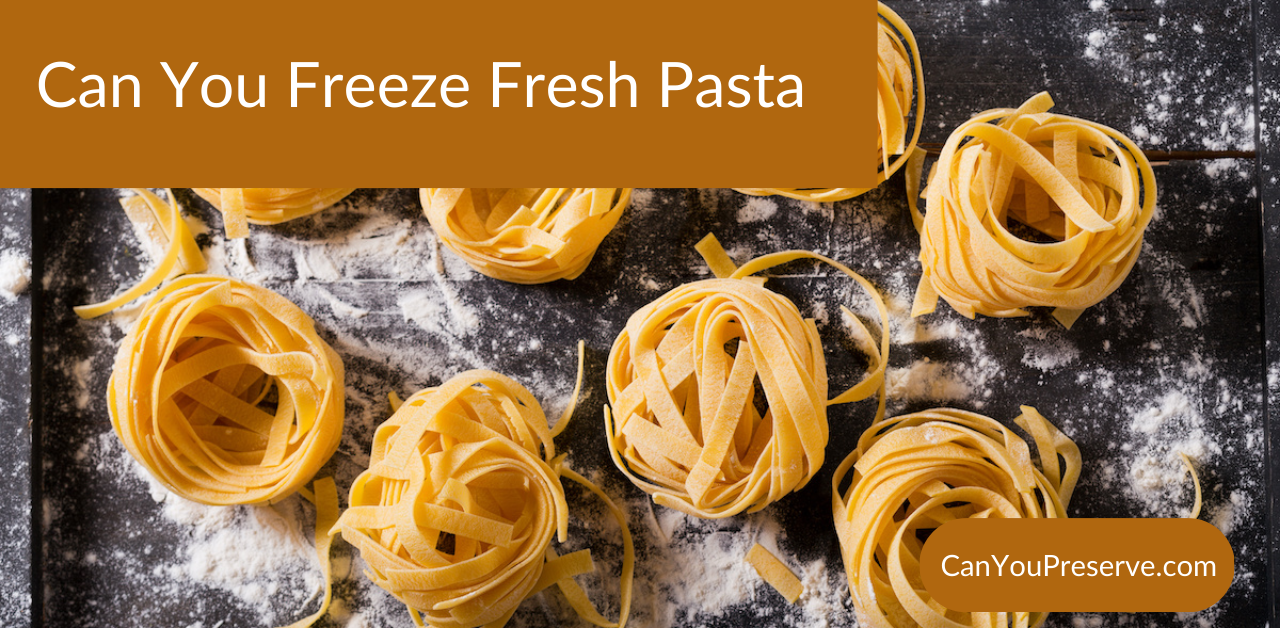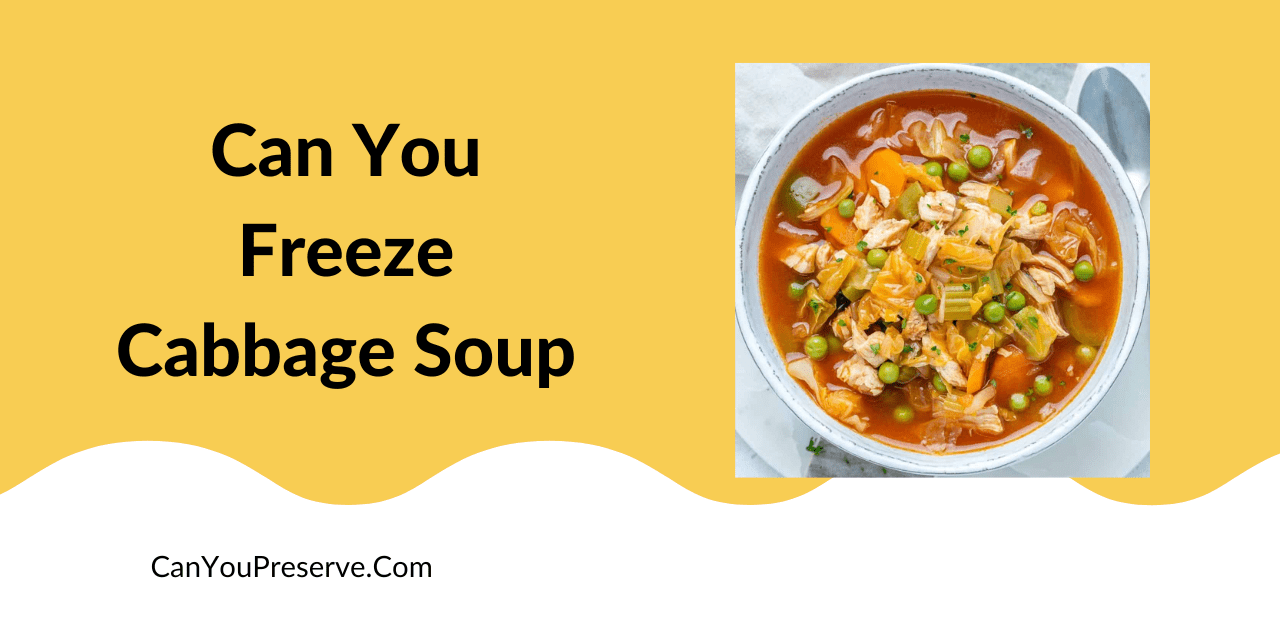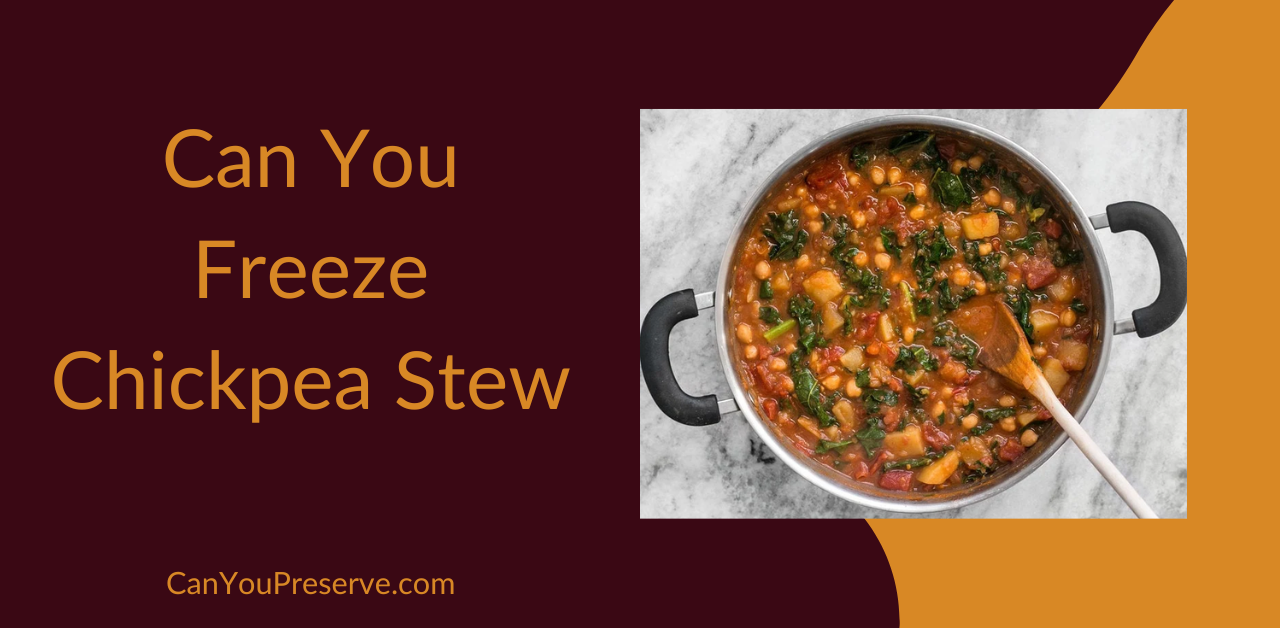Can you Freeze Spaghetti Pie? Spaghetti pie is an extremely popular and delicious treat. It is typically made with spaghetti, tomato sauce, eggs, and cheese.
But what happens when you desire to make this dish ahead of time and freeze it to enjoy it later? Can you Freeze Spaghetti Pie? Well, if you’re looking for this answer, you’ve come to the right place.
In this article, we have summed up everything you need to about freezing spaghetti pie. So without further ado let’s get started!
- Can you Freeze Spaghetti Pie?
- How to Freeze Spaghetti Pie?
- How to Freeze Unbaked Spaghetti Pie?
- How Long Can Spaghetti Pie Last in the Freezer?
- How To Defrost Frozen Spaghetti Pie?
- Some Tips for Freezing Spaghetti Pie
- Can You Refreeze Spaghetti Pie?
- Does Spaghetti Pie Freeze Well?
- Can Cottage Cheese and Spaghetti Pie Be Frozen Together?
- Can you freeze spaghetti?
- Can you freeze pasta pie?

Can you Freeze Spaghetti Pie?
yes, you can freeze spaghetti pie. In fact, Spaghetti pie is a delicious, hearty dish that can be made ahead of time and frozen for later. Whether you’re looking for an easy weeknight meal or something to take to a potluck, this dish is simply perfect.
However, there are a few things to keep in mind when freezing spaghetti pie, though. First, it’s important to follow the right way to preserve. Moreover, freezing and reheating instructions are key. Baffled? Fret not, let’s decipher these instruction step by step in the following section.
How to Freeze Spaghetti Pie?
Freezing spaghetti pie is a great way to make sure that you always have a fulfilling, and delectable meal on hand. Here are some simple steps for freezing your spaghetti pie:
- A 9 x 13-inch baking dish with a 2- to 3-inch depth should be lined with several inches of heavy-duty nonstick aluminum foil that extends slightly beyond the dish’s sides.
- Bake your spaghetti pie in this dish.
- Allow the preparation to cool down completely.
- Flash-freeze the spaghetti pie in the freezer until it is firm. This initial freezing procedure might take between three and four hours. Essentially, flash-freezing permits the spaghetti pie to attain a certain form.
- After the pie solidifies remove it from the freezer.
- Next using the extending foil as a handle, remove the spaghetti pie from the baking dish.
- Wrap the pie tightly in the surrounding foil. You can also add extra layers of cling film to seal properly.
- Label and date the spaghetti pie, then place it in the freezer.
How to Freeze Unbaked Spaghetti Pie?
Freezing unbaked spaghetti pie is a similar process, with a singular or two, which includes:
- Assemble the spaghetti pie in a lasagna-like baking dish lined with foil. The foil should drape over the edges.
- Flash-Freeze for about 3 to 4 hrs, till the pie solidifies.
- Remove the pie from the baking dish with the assistance of the foil’s edges after first freezing.
- Next, wrap the spaghetti pie tightly in the foil, you can also add additional wrapping layers to ensure airtight sealing.
- Label and place the wrapped pie in the freezer.
Related Articles:
How Long Can Spaghetti Pie Last in the Freezer?
When frozen with utmost care and precision the spaghetti pie will last in the freezer for up to 3 months. However, this period also depends o the ingredients used.
That said, to extend the shelf life of your spaghetti pie, make sure to wrap it tightly in a freezer-safe wrap or place it in a freezer-safe container.
How To Defrost Frozen Spaghetti Pie?
Defrosting spaghetti pie is as easy as freezing it. To thaw your frozen spaghetti pie, remove it from the freezer and keep it overnight in the refrigerator. Once it has thawed, you can reheat it in the oven or microwave. However, when reheating spaghetti pie in the microwave, remember to preheat the oven to 350 degrees Fahrenheit and bake the pie for 30 minutes.
A second and quick method for defrosting spaghetti pie is to take the pie from the freezer, unwrap it, and bake it immediately in the microwave. It is recommended to adhere to the spaghetti pie recipe’s temperature, however, doubling the cooking time guarantees that the dish thaws and cooks properly.
Some Tips for Freezing Spaghetti Pie
If your looking forward to ensuring the best results on freezing your spaghetti pie, all you need to do is follow some simple tips and you’ll be able to enjoy delicious spaghetti pie even after freezing it! Here are our top tips for freezing spaghetti pie:
- Make sure your spaghetti pie is cooked all the way through before freezing. This will help ensure that it reheats evenly and doesn’t end up with any undercooked or raw spots.
- Portion your spaghetti pie into individual servings before freezing. This will make it easier to thaw and reheat later on, and it will also help you portion out your meals more easily.
- Wrap the servings of spaghetti pie tightly in plastic wrap. This will help preserve their freshness and prevent freezer burn. Additionally, it also eliminates as much moisture as possible prior to freezing. This, in turn, helps the food retain its high degree of taste and texture even after prolonged exposure to the severe conditions of a freezer.
- Finally, when reheating frozen spaghetti pie, be sure to do so slowly and carefully. It’s best to reheat it in the oven or microwave rather than trying to heat it up on the stovetop.
Read More:
Can You Refreeze Spaghetti Pie?
Yes, Spaghetti Pie can be refrozen, but only if it does not include components that react negatively to refreezing. Here, we are mostly talking about components such as fish, meat, and poultry. Moreover, as a simple rule, if the recipe calls for ingredients that respond poorly to refreezing, the whole pie should not be refrozen. Taking the risk is just not worthwhile.
Besides that, it is also advisable not to refreeze your Spaghetti Pie more than once. Repetition may severely diminish its shelf life, rendering it inedible. The texture of the dish tends to become rather lumpy and slimy.
Does Spaghetti Pie Freeze Well?
Well, overall the spaghetti pie does freezes well. However, it’s crucial to remember that, like other pasta dishes, spaghetti pie should be eaten within a certain period of time after being frozen. This is due to the fact that prepared, frozen, and reheated foods lose some of their appeals after being preserved for an extended period of time; an effect that has more to do with the dish’s response to preservation than with the freezing itself.
FAQs on Freezing Spaghetti Pie
1. Can Cottage Cheese and Spaghetti Pie Be Frozen Together?
While Cottage Cheese does not freeze well alone, however it can be frozen in combination with spaghetti pie as the change in consistency is minimal and quite unnoticeable.
Yes, you can freeze spaghetti. In fact, following some simple steps, your spaghetti can be preserved for as long as up to 3 months.
Yes, you can. In fact with proper methods and preparation pasta pie can be frozen for up to 3 months.
In a Nutshell
Hope that the information that we have shared on can you freeze spaghetti pie is useful and beneficial for you. In fact, if preserved correctly, your leftover spaghetti pie will taste as wonderful as freshly made. So go ahead and make a big batch of this delicious dish — you’ll be glad you did when you have a quick and easy meal on hand any time of the year!
And still, if you have any doubts you can comment to us in the below comment section. For more interesting articles like can you freeze polenta, can you freeze lasagna and many more, check out our canyoupreserve.com website.








